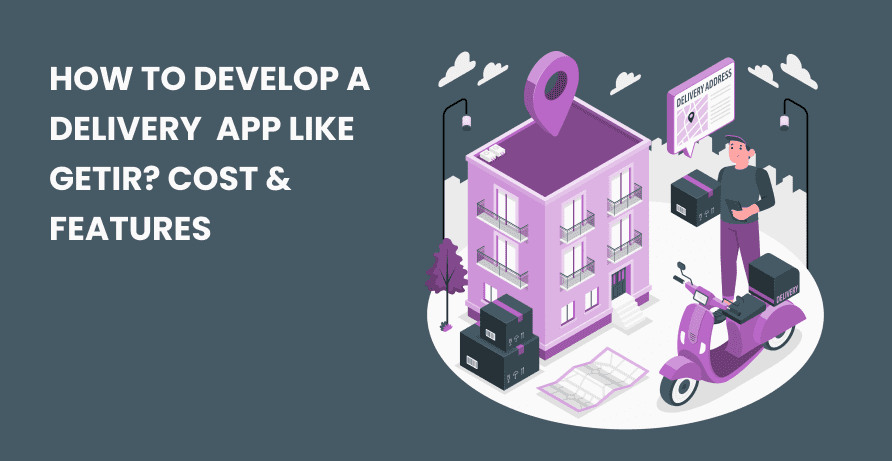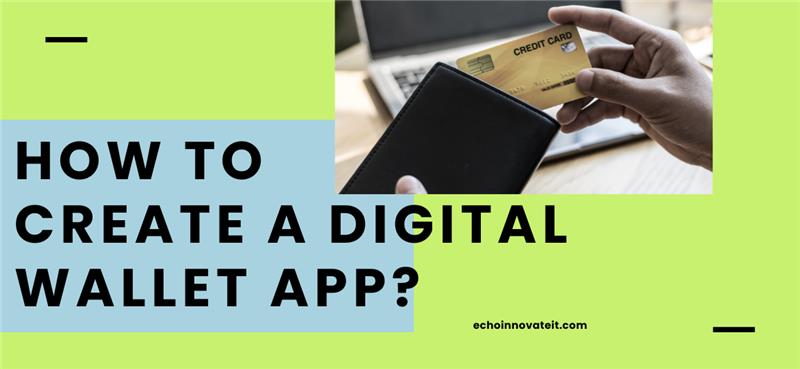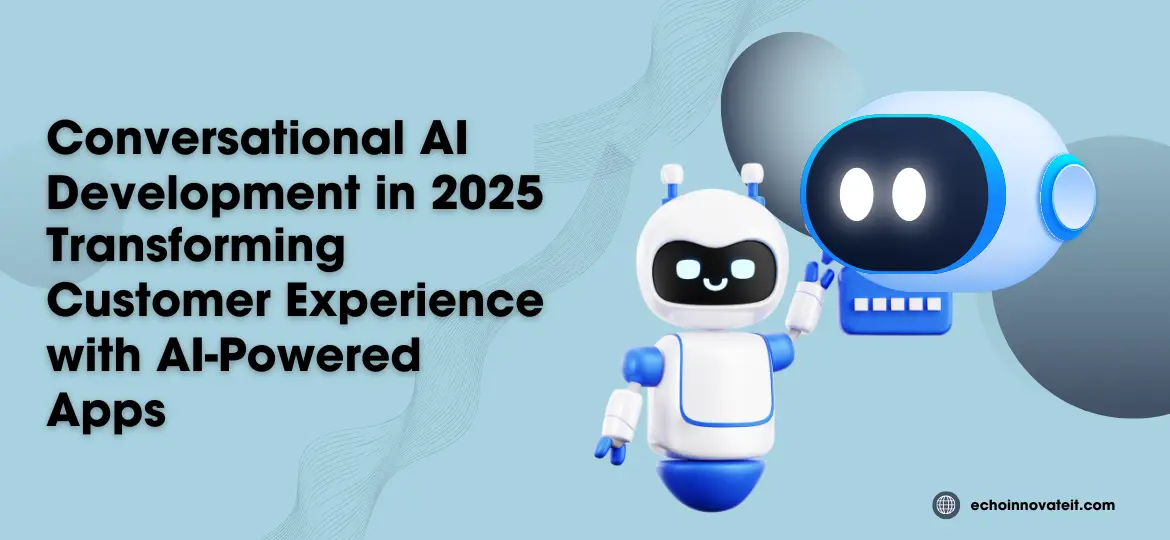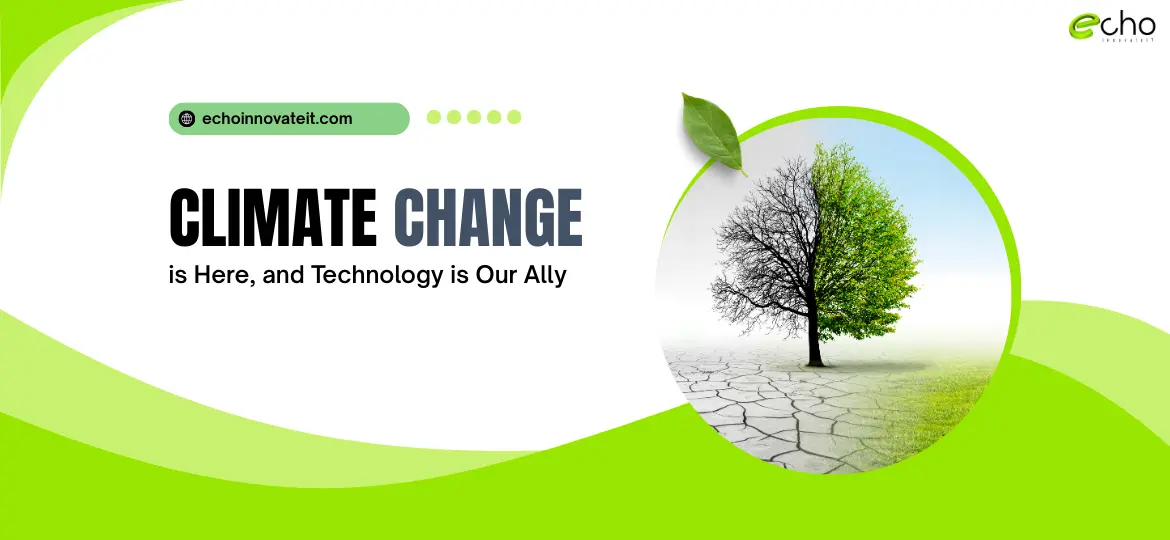Rapid delivery apps are redefining consumer convenience in the market. With consumers expecting delivery in under 30 minutes, startups and retailers are turning to mobile-first platforms like Getir to meet demand. If you’re considering building a delivery app like Getir for Android and iOS.
Whether you’re launching a hyperlocal grocery delivery service or an all-in-one logistics solution, your mobile app needs to be fast, user-friendly, scalable, and secure.
Why Build a Delivery App Like Getir ?
The on-demand delivery app driven by Gen Z and Millennials who prefer mobile ordering for essentials like groceries, medicine, snacks, and more. Getir’s model—delivering items in 10–30 minutes through a decentralized network of micro-fulfillment centers—has set a new standard for speed and convenience.
Key Features to Include in a Getir-Style Delivery App
1. User-Friendly Interface with Geo-Tracking
Enable real-time location tracking, seamless browsing, and one-click checkout for an exceptional mobile experience.
2. Instant Sign-Up and Verification
Allow users to register via phone number, email, Google, or Apple ID with OTP verification.
3. AI-Powered Product Recommendations
Use AI to suggest frequently ordered items based on previous orders, user behavior, and local trends.
4. Smart Inventory Management
Sync with micro-warehouse systems or retail partners to ensure real-time product availability and avoid cancellations.
5. Real-Time Delivery Tracking
Track drivers in real-time, display accurate ETAs, and offer in-app chat or call functionality.
6. Multiple Payment Options
Support Apple Pay, Google Pay, credit cards, debit cards, and digital wallets like PayPal or Venmo.
7. Push Notifications & Personalized Offers
Send reminders for restocking, flash sales, and personalized discounts to increase order frequency.
8. Rating & Feedback System
Allow customers to rate delivery agents, provide feedback, and ensure service quality through reviews.
9. Admin Dashboard & Analytics
Control pricing, monitor inventory, manage fleet logistics, and track customer behavior from a robust backend.
10. Dark Mode & Accessibility Support
Optimize the UI for modern mobile experiences and inclusivity with ADA-compliant design.
Mobile Tech Stack for On-Demand Delivery App Development
To build a scalable, fast, and secure mobile delivery app
Frontend: Flutter or React Native (for cross-platform iOS/Android app development)
Backend: Node.js, Django, or Firebase with PostgreSQL or MongoDB
APIs: Google Maps API, Twilio for notifications, Stripe/PayPal for payments
Cloud Hosting: AWS, Google Cloud, or Azure
Security: End-to-end encryption, SSL, OAuth 2.0, GDPR & CCPA compliance
How Much Does It Cost to Build a Delivery App Like Getir?
The average cost of building a Getir-like delivery app ranges from $20,000 to $100,000 depending on:
App complexity and features
Number of platforms (iOS, Android, Web)
Design and UX/UI depth
Real-time delivery and inventory tracking integrations
Regulatory compliance requirements
MVPs can be launched for $15,000–$30,000, while full-scale apps with AI, analytics, and warehouse integration can cost upwards of $50,000.
Monetization Models for Delivery Apps
Here are proven strategies to monetize your delivery app
Delivery Charges: Earn per delivery or based on location and time slots.
Commission from Vendors: Charge vendors a % of each order delivered through your platform.
In-App Ads & Sponsored Listings: Promote brands, stores, or featured items.
Subscription Plans: Offer premium users free deliveries or early access to offers.
White Label Licensing: License your tech to local delivery businesses.
Trends to Watch in the Delivery App Market
Drone & Autonomous Delivery Testing in metro areas
Voice Ordering via Smart Devices like Alexa and Siri
Sustainability Integration – carbon-neutral delivery options
Hyperlocal Fulfillment using AI-based location mapping
Flexible Payment Integration – BNPL (Buy Now Pay Later) and crypto wallet support
What Is Getir?
Getir, a Turkish technology company that has developed a $7.5 billion business on a mobile app that allows shoppers to purchase groceries and have them delivered in minutes, has risen its enterprise naturally up to this point, trying to target urban markets throughout Europe where it is negatively impacting the well-stocked cornershop with a service that requires even less work and energy from the ordinary shopper. With its initial purchase, it is now adjusting its approach in order to expand into three additional nations.
How Can You Make Money By Developing An App Like Getir?
Grocery Sales
The majority of Getir’s revenue involves selling food at a higher price range. The startup is expected to charge about 10% more than typical supermarkets. Nevertheless, such costs are still much lower than those of a typical grocery shop. While offline stores typically have profit margins of 2 to 3 percent, Getir may be able to get a larger chunk of the pie. It no longer has to pay exorbitant rent. Rather, it collaborates with franchisees that own run facilities at their own expense. Another significant benefit over its offline competitors is that Getir is aware of a customer’s purchase information and preferences. As a consequence, it may optimize the user experience and product recommendations to what it feels the consumer wants to purchase.
Delivery fees
Getir also earns money through delivery costs, which are added to every order. The fee that Getir charges for delivery guarantees that the firm is still profitable on smaller orders. Payment processing costs are also added to pay the transaction fees imposed by credit card issuers (mostly Mastercard and Visa).
Commissions
When a product is sold via the Getir platform, the app takes a fee from the shop. The commission on various items is ascertained by the demand and distribution network.
Membership
Getir provides membership subscriptions with extra benefits such as surcharges, premium shipping, timely delivery, and no delivery fee.
Subscription
A subscription allows consumers to get regular deliveries of things without having to place a purchase. For instance, a daily supply of milk, weekly supply of fruits and vegetables, monthly delivery of bath products.
Service fee
You may charge an extra service fee for each sale made by shops or partners who are not members of your club. They will be urged to purchase the membership plan in order to prevent service expenses. Getir promotes certain items by placing advertisements on the site. These services can also be used to boost subscriptions within the framework of your shop’s membership programs.
Also Read:
Advanced Features Of Getir
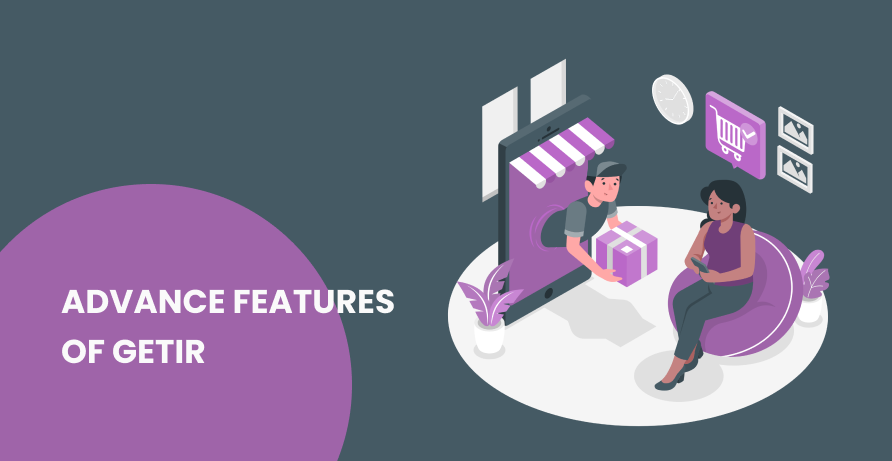
Be an early adopter and create an internet food marketplace with a robust feature set, and acknowledge how does Getir work?
Push notifications
With these messages, you can supply your consumers with targeted and helpful material at the perfect time. Push notifications are notification messages that display on the screen if the app is not used.
GPS-based Tracking
With this function, you may verify the user’s geographical location and provide results such as goods, finances, well-known grocery stores, nearby shops, and so on.
Real-time Tracking
The user receives live tracking on their cell phone when they activate this option. For example, you may follow the delivery driver seeing where he is, how long he will take, and if there is a delay.
Behavior Tracking
Behavior verification entails tracking user reaction instances in order to give a better customer experience. The most popular examples include things last purchased by the user, most browsed items, shopping time, and user habits.
Real-time analytics
Track your company’s development with information on campaigns, returns, and sales in the analytics area.
Loyalty Schemes
Loyalty programmes like cash, coupons, memberships, gift cards, etc. that improve consumer loyalty assist firms in maintaining a continuous relationship.
Reviews And Ratings
Tests and ratings assist the firm in understanding client feedback and assist other consumers in understanding the services of their business through their reviews.
Reordering
If a client wants to place the same order numerous times, he or she can use the re-ordering capability to do so without having to add things over and again.
In-App Dialing
Both the client and the business owner should be able to activate the delivery guy using the app.
Chatting within an app
The delivery guy, like in-app conversations with a call feature, should be able to converse with both the consumer and the owner via a chat option.
In-App Navigation
In-App Navigation Navigation using Google Maps, in particular, allows the user to quickly monitor his whereabouts for the delivery address and also assists the delivery guy in finding the location.
Business Intelligence
It will help you locate new business opportunities, cut costs, and identify inefficient reconfiguration practices.
Dashboard Personalization
Custom dashboards provide a central location for every business unit to view, interact with, and analyze current data in order to make more informed data-driven decisions.
Voice Assist
Voice assistance or voice search enables customers to buy using solely voice commands while also doing other things.
Integration of CRM
It allows your firm to centralize customer interaction, optimize and simplify it, increase customer understanding, improve the overall customer categorization and engagement, and a variety of other advantages.
Integration of ERP
Your company’s rising size makes it tough to adequately manage all aspects. ERP integration allows you to streamline and control all of your company’s activities.
Visual Lookup
If a consumer is unable to identify a real goods but wishes to purchase it all through your app, visual AI search can assist.
Recommendation
It contributes to a better user experience while also increasing app sales by promoting comparable things that the client was looking at or exploring in your app.
Make An App Like Getir
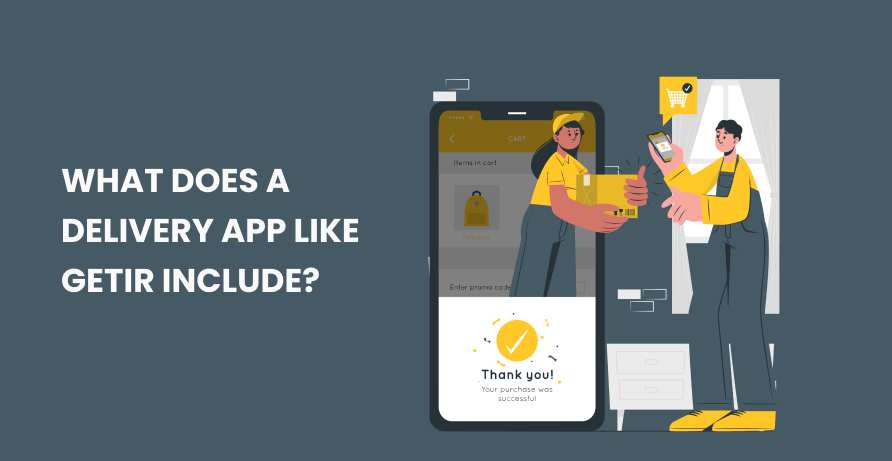
Customer Side App
Develop delivery apps like Getir for consumers with Echoinnovate IT to aid them with their grocery delivery with simplicity. Customers may quickly place orders by navigating the menu and choosing their preferred retailer and product categories.
The following functionalities are included in the customer-based grocery delivery app:
- Register or utilize social media Login
- Looking for the stores nearby
- Adding to Cart and Wishlist Stores Nearby
- Order Tracking
- In App Payments
- Rating and remarks
Merchant Side App
When you develop an app like Getir, monitoring performance is a vital component of managing a business; it aids in the growth of the enterprise. Keep track of received, canceled, and actually achieved orders with our food delivery system. It also enables you to edit, delete, or alter menu items and their prices based on your company’s demands and convenience.
- Updated Profile
- Status of Availability
- Product Management
- Delivery Tracking
- Sales Report Analysis
- Referral and Code
Delivery Executive App
Develop a delivery app like Getir for delivery executives by including multiple functions and user-friendliness. As per their convenience, the delivery executives can simply accept or refuse the grocery delivery. Here’s what they’ll get:
- Simple Registration or Login to Social Media
- Orders placed in real-time
- Set the applications that will launch and close.
- Tracking in real time
- Profile administration
- Ratings and comments
- Notifications through Push
- Transaction History
How Much Does It Cost To Develop An App Like Getir?
It is natural to consider the cost, yet it is impossible to obtain a precise cost estimate. Assume you have a good idea for a hyperlocal delivery and online shopping app and are ready to begin creating it, but the only thing stopping you is the expense of app development. To develop an app like Getir with all of the features stated above may cost anywhere from $20,000 to $50,000, or possibly more.
Conclusion
If you’re amazed by the capabilities of hyperlocal delivery apps like Getir, now is the time to create your own app and get started right away. In case have a great app concept, hire mobile app developers from Echoinnovate IT. If you are searching for a top mobile app development company, Echoinnovative IT can assist you in laying a solid basis for app development and achieving long-term success.
FAQs
What is a delivery app like Getir?
It’s an on-demand delivery platform that enables users to order groceries and essentials for fast delivery within minutes.
What features should be included?
Must-have features include user registration, real-time tracking, multiple payment options, inventory management, push notifications, and customer support.
How much does it cost to develop such an app?
Cost can range from $20,000 to $100,000+ depending on app complexity, platform (iOS/Android), and development location.
How long does development take?
Typically between 3 to 6 months depending on the feature set and development team.
What is a delivery app like Getir?
It’s a mobile app that delivers groceries and daily essentials in under 30 minutes using a local fulfillment model.
What platforms should I launch my delivery app on?
Android and iOS are both essential. Use a cross-platform tool like Flutter for faster rollout.
What are the key features needed in a delivery app?
Real-time tracking, inventory sync, instant checkout, AI-based recommendations, and seamless payments.
